|
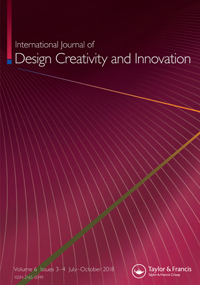
|
|
Abstract: Human spatial behavior, navigation and activity in cities are affected by the visibility of urban environment. In this paper pedestrian visual search for urban locations is conceptualized as a stochastic process and modelled by random walks (a succession of random steps). Urban environments are represented as a chain of navigational decisions forming a mathematical graph of visual connectivity. Random walkers wandering on the graph imitate aggregated visual search for urban activities in the case study, which is the historical district of Tel Aviv-Yafo. The study is then compared to a set of systematically generated computational patterns represented by various visibility graph models. The main result discloses a strong positive relation between local and global visibility properties. A positive global–local relationship of spatial networks is termed intelligibility in space syntax theory and is deemed a key determinant in human navigation and wayfinding. Additionally, we compare the first passage time, an outcome of stochastic simulation, with deterministic graph theoretic measures of centrality, namely closeness and betweenness centralities. Comparison of distinct visibility types aims to identify a navigational signature of the case study and allows measurement of visual distinction between different locations in the city. |
|
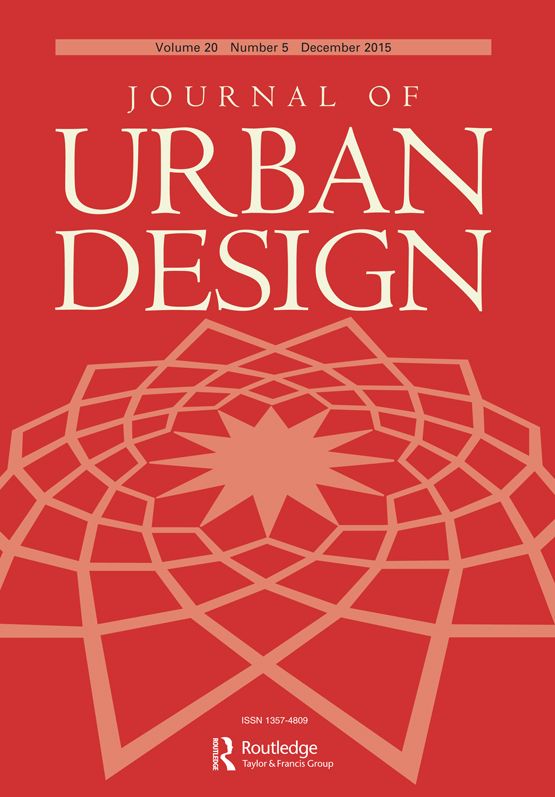
|
|
Abstract: This paper presents a virtual reality experiment in a controlled visualization laboratory. The study explores the impact of morphology on the perceived density by participants along pedestrian paths. The issue addressed is the intensification of existing urban centres, where over-crowding may diminish their viability. The basic hypothesis is that increased visibility in a given urban space will be evaluated with a lower perceived density, and in some cases, a preferred view will decrease the participant’s perceived density. This research can contribute to future research and practice for the planning and design of sustainable urban environments for the benefit of pedestrian users.
|
|
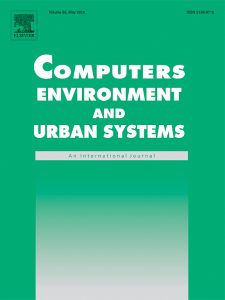
|
|
Abstract: While previous human behavior simulation research indicates that autonomous, goal-oriented, anthropomorphic Virtual Users support iterations in architectural design, it is still unknown how the simulation can be used to iterate goals, potential solutions, and the match between them, and what can be learned from the simulation process and results. To investigate these topics, this observational study tracks and records the progressive refinements of four authentic architectural design projects of students, during an academic course. Findings of this study show that (1) the analytic experimentation of the simulation enables the students to iterate the goals relevant to the physical properties of design solutions responding to the behavioral performances of heterogeneous users, (2) the observable representation of dynamic users’ behaviors inspires them to iterate the goals that reflect the psychological and social implications of solutions, (3) the simulation enables students to iterate potential solutions at different scales, ranging from masterplans, to prototypes, to design details, (4) in the final stage of iterating design solutions, the students iterated the parameters of Virtual Users to examine the full-performances of a final solution under what-if scenarios related to human behavior aspects (5) the students learn in the process of modeling detailed activities, and observing unexpected behavior outcomes during the simulation, experimenting the relationship between the properties of users and design solutions, beyond what they presumed. The evidence-based approach of this study reveals the applicability of human behavior simulation for the students’ iteration and in-depth learning in the search for an optimal match between built environments and human activities in architectural design. |
|
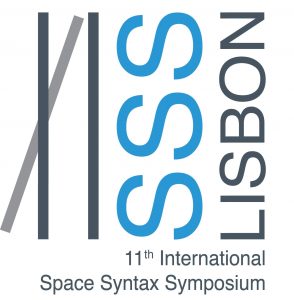
|
|
Abstract: The wellbeing of pedestrians in an urban setting is central concern in the dense urban context for both current and future cities. A sense of crowdedness may greatly influence the public’s physical and mental health. Urban centres attract a large concentration of pedestrians and the perception of crowdedness may affect human comfort and even interfere with activity. Structural 3D morphology and additional elements that make up the visible environment, such as vegetation and exposure to a view of the sky influence perception along a pedestrian path. Walking in the centre of a broad boulevard shaded with trees and surrounded by4-6 story buildings would be perceived differently than walking along a side walk adjacent to very tall buildings. Recently, many intense studies have been examining walkability, wayfinding, human cognition and decision-making along pedestrian paths in the urban environment. At the same time, several spatial modelling and analysis tools have been developed to represent and explain variant phenomenon in this complex environment; amongst them models focusing on 3D visual analysis and its relation to human perception. 3D LOS visibility analysis has been found to be an accurate indicator of perceived density experienced by participants in various studies. |
|

|
|
Abstract: Teaching the process of design is a primary objective of the architectural studio. Due to the complexity of the process, the studio encourages active learning and peer participation during crit sessions. This paper explores the potential of immersive virtual environments (IVEs) for enhancing architectural learning, and proposes a framework for evaluating its educational potential.We have developed a model for coding the three main activities of the architectural design process (analysis, synthesis and evaluation), along with their physical and social settings. The model comprises of units we call Knowledge Construction Activities (KCAs). We suggest that this model presents a detailed description of the environmental implications of each activity. Applying the KCA model to a studio course that used both a traditional classroom and an IVE revealed that the IVE increased the number of synthesis KCAs, and supported effective criticism. Though limited in scope, the results clearly indicate IVEs potential contribution to architecture pedagogy. |
|
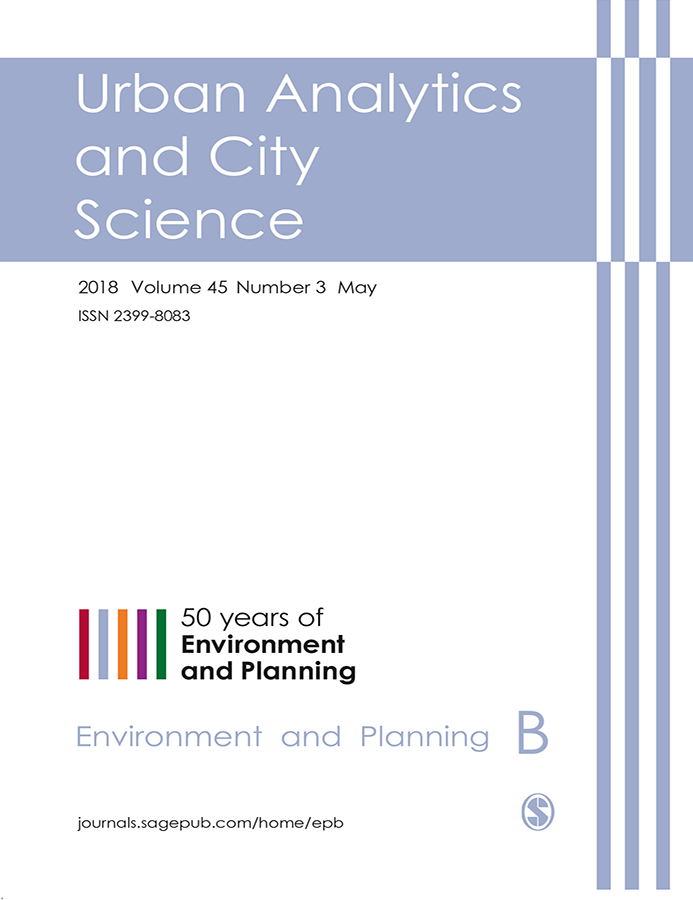
|
|
Abstract: Small apartments exist in dense cities worldwide. Developing adequate quality small apartments in city centres would strongly attract current demand. Analysis, predictive tools and design concepts regulated for better interior design and lower perceived density would provide residential environments with happier tenants. This research evaluates perceived density and visual privacy in alternative minimum apartments based on the spatial openness index three-dimensional visibility analysis, i.e. their accumulated three-dimensional visibility calculations. The compatibility of the spatial openness index concept as predicting perceived density in minimum apartments was examined and assessed. An empirical study was conducted using a virtual reality experiment in a controlled environment – An immersive three-dimensional visualisation laboratory1, with more than 100 subjects participated in the experiment. Significant relations were found between perceived density and visual privacy for all apartments (single and double story). The measured volume of visible space from the door viewpoint (the entrance to minimum apartments) and the perceived density evaluated there by participants, and a general evaluation for the apartment are strongly related for both (single and double story groups). Strong correlation was found between visibility measurements from the door and the ‘visual privacy’ at the sofa/bed. According to assessment results the spatial openness index three-dimensional visibility analysis can predict the perceived density of minimum apartments. |
|

|
|
Abstract: The ability to predict the human perception of space in dense urban environments would have a vast impact on planning and design processes. Many analytical models, methods and tools have been developed to describe and predict human perception and behaviour in the urban environment, and academic papers have addressed the issue of the view in urban environments as a significant variant influencing perception and quality of life. In the present paper, we introduce the integration of weighted views (the relative impact of a view on a viewer) in a 3D Line of Sight visibility analysis as a predictive tool for perceptions of space focusing on ‘perceived density’. The integration of subjective qualitative information with objective measurements of the volume of visible space may bring evaluations closer to human perceptions of space. The research background consists of state-of-the-art visibility analysis and research concerned with the impact of the view on perceptions of space. An experiment in a visualization laboratory explored the relative impact of various views on the ‘perceived density’ and ‘visual privacy’ of 100 participants. The relative weight of each view presented to the subjects was based on the statistical results of the experiment. The weights were integrated into the 3D Line of Sight visibility analysis and the model is applied in a case study. The integrated 3D Line of Sight visibility analysis currently runs with off-the-shelf software available to all practicing architects and planners. It is expected that in the near future, the tool developed in this work will become an important aid to all practitioners, the method becoming a valuable evaluation tool in planning and design processes. Considering design alternatives, it may become a stepping stone for design principles and regulations.
|
|
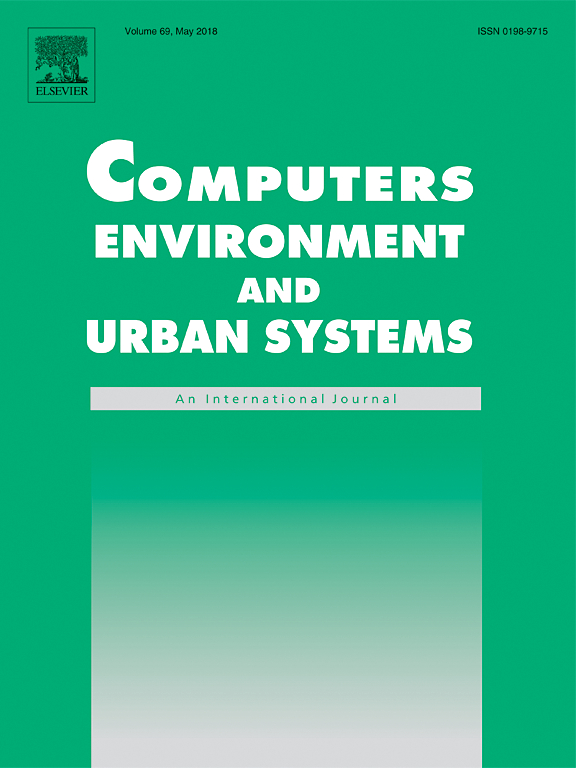
|
|
Abstract: The use of virtual reality has its roots in visual communication science but disparate mechanisms and applications set it apart from the many tools of visualization. This paper reviews the use of virtual reality (VR) environments for research and teaching in the context of three disciplines: architecture, landscape architecture and environmental planning. As opposed to other uses of virtual environments, for example, in the health sciences or engineering, simulations using virtual reality theatres or labs in the three fields we explore are used to display inaccessible realities. VR environments are typically used in these fields for planned and designed realities, not yet existent or with nonexistent components. Each field has different reasons for spatial or temporal inaccessibility to reality, prompting the need and eventually the capability to achieve various levels of accuracy in the virtual setting. We describe current VR research opportunities and challenges in each discipline and emphasize what they can gain from sharing virtual reality systems for research and education. |
|

|
|
Abstract: Patterns of pedestrian movement in cities are influenced by visibility of urban activities, among other factors. This paper describes a behavioral experiment in an immersive virtual reality, where individuals are exposed to visual stimuli and their route decisions are recorded. To evaluate the effect of urban visibility on the pedestrian route choices, we introduce visibility scores, such as a graph theoretical centrality measure, to represent the urban environment. Participants in the experiment select routes and the chains of their navigational decisions are then associated with the visibility scores. The selected routes in the virtual reality are compared with all possible routes, which are generated by computational random walk simulations.
Statistical analysis suggests that pedestrian navigation choices are purposive and that they are influenced by the specific visibility attributes of the urban environment. Therefore, the research contributes toward development of a unified framework that incorporates the interaction of urban morphology and human spatial behavior. In addition, our experimental procedure and our results highlight the potential of a virtual reality laboratory as a research environment for complex urban situations. |
|
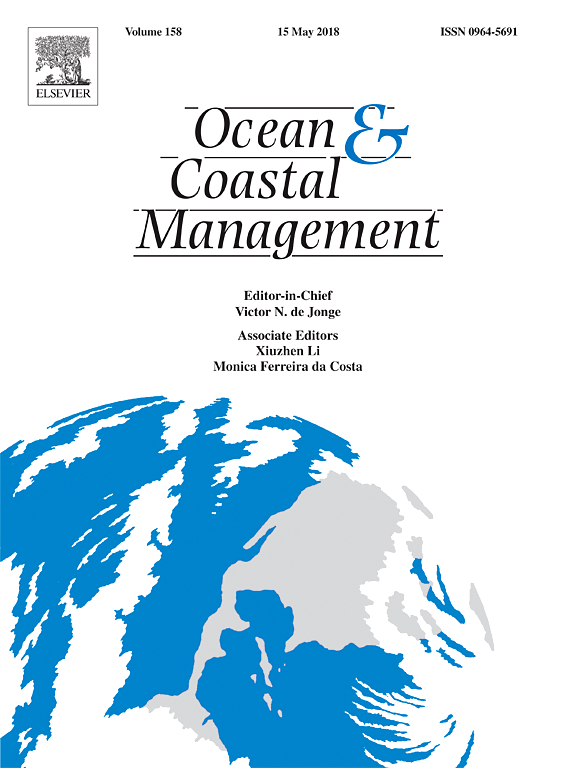
|
|
Abstract: This paper reviews visualization tools available to environmental planners and managers working on ocean and coastal environments. The practice of visualization involves making and manipulating images that convey novel phenomena and ideas. First I describe visualization within the context of visual environmental communication, an emerging and rapidly evolving discipline. A review of the literature on visualization is provided and a typology of cartographic visualization and scene simulation is proposed. Ways to make visualizations relevant for work with the public and policy makers is discussed. While significant progress has been made in the area of visualization for climate change with much of it focusing on coastal impacts, little attention has been given to visualizing the marine environment within the framework of visualization studies. More technical work on integrating maps and scenes is needed for planning and management of ocean and coasts, including research on advanced GIS methods for decision-making and virtual reality. |
|
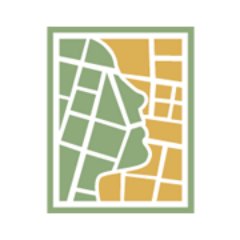
|
|
Abstract: This article introduces the immersive focus group as a mixed-methods approach in planning research. Using the immersive focus group we generate genuine knowledge of both quantitative and qualitative data about the diverse and nuanced perceptions of forest landscapes in order to then extract planning decisions. The article elaborates on the deployment of focus groups in a particular venue: the immersive theater laboratory. In doing so, we hope to position the immersive focus group as a viable tool for planning research. We conclude with a discussion of the advantages and disadvantages of this approach and its potential further development.
|
|
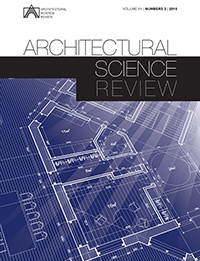
|
|
Abstract: A multidisciplinary research was carried out to reach an improved understanding of the connection between the geometry of space and human emotions. The research develops a framework and methodology to empirically examine and measure human reaction to various types of architectural space geometries. It involves two stages of investigations in which participants experience four spaces characterized by different geometries. Their reaction to the spaces was investigated by means of both qualitative and quantitative methods, which involved questionnaires in the first experiment and advanced sensors and data analysis in a second experiment. The experiments, which employ new virtual reality, electroencephalogram and data analysis methods, confirm the developed methodology. In the first stage of the investigation, participants showed different types of responses and preferences towards spaces. Results of the second stage’s experiment showed a difference in our mental reaction to different geometries of space.
|
|

|
|
Abstract: In this study focusing on human–environment interactions, we analyze the use of an immersive visualization theater (IVT) for exploring how humans use and value cultural ecosystem services provided by natural landscapes in Israel’s Carmel Forest. Our goal in this inductive, exploratory study is to assess the impact of the IVT on the quality and content of stakeholder discussions held in the theater. We facilitated 10 focus group discussions in the IVT, where a series of high-resolution photographs were projected. Participants were asked (in writing and orally) to choose from among the scenes where they would prefer to spend time, and then asked to explain their answers. Next, they were asked to describe activities in selected scenes in which they were likely to participate. We suggest that the immersion theater, due to screen size, photo resolution, social interaction, and group isolation within the theater, elicited attention to detail and triggered memories and sensory responses to various landscapes. The qualitative data derived from focus group discussions add to our understanding of the diverse meanings and importance that different people attribute to the landscape, contribute to understanding the social processes and conditions through which participants attribute value to cultural ecosystem services, and allow us to generate testable hypotheses for continuing research.
|









